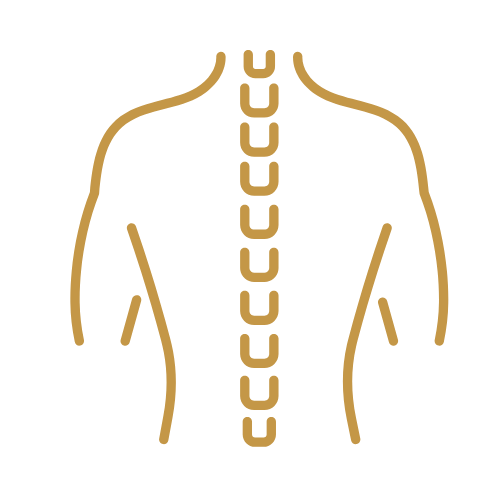What are common symptoms of neck injury?
Neck injury can present with pain or aching in the neck, mid-back, shoulder girdle, upper or lower arm, or hand/fingers. If nerves are involved, there could be shooting pain, numbness or tingling, or weakness in the upper or lower limb.
What are common symptoms of low-back injury?
Lower back injury can present with pain or aching in the low-back, pelvic area, hips, groin, front/back of the thigh, lower leg, or foot/toes. If nerves are involved, there could be shooting pain, numbness or tingling, or weakness in the lower limb.
What are common symptoms of TMJ injury?
TMJ injury can present with pain or discomfort in the jaw on one or both sides. There can be clicking or locking of the jaw, as well as limitations in range of motion. Headaches and neck tension can be associated with TMJ injury.
How do you diagnose neck, low-back or TMJ injury?
A chiropractor can do a thorough verbal and physical examination to diagnose spinal or TMJ injury, or to refer out to a physician for further investigation and co-management if necessary. Mechanical neck and lower back pain are the most common type of spinal injury, and conservative management is often successful. Imaging, like x-ray, CT Scan, or MRI, may be helpful in some cases, but often are not required for diagnosis or treatment planning.
What are some effective treatments for mechanical spinal and TMJ injuries?
Hands-on mobilizations, manipulations, soft tissue therapy and/or nerve treatments are recommended when deemed safe. Education (on the nature of the injury, prevention strategies, sleep/stress and diet management) is often part of a comprehensive care plan. Active rehabilitation, strengthening, relieving movements/positions, and general exercise are effective treatments.


